One of the most common reasons for High CPU Usage on Windows computers is due to default tendency of apps like Skype, OneDrive and others to start up with the computer and keep running in the background.
Apart from this High CPU and High Resource Usage on a Windows computer can also be caused due to activity of certain Windows services, corrupted system files, presence of virus/malware and other reasons.
You can find below a number of personally tried and tested methods that can be used to bring down the CPU usage on your Windows 11 computer.
Fix High CPU Usage in Windows 11
A quick way to fix a computer that is suffering from High CPU usage and has become painfully slow and difficult to operate is to restart your device.
In addition to closing open apps, programs and processes, restarting the computer helps in terminating stuck apps and processes, which might be responsible for high CPU Usage on your computer.
After the computer restarts, you need to follow other steps as provided below to prevent the possibility of High CPU usage on your computer in future.
1. Disable Startup Programs
Start by preventing unwanted apps and programs from starting up with the computer and using up resources on your computer.
1. Go to Settings > Apps > click on Startup in the right-pane.
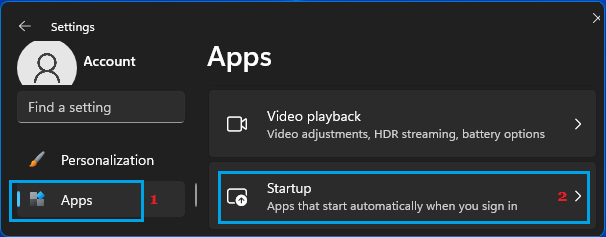
2. On the Startup screen, disable Apps that you do not want to startup with the computer by moving the slider to OFF position.
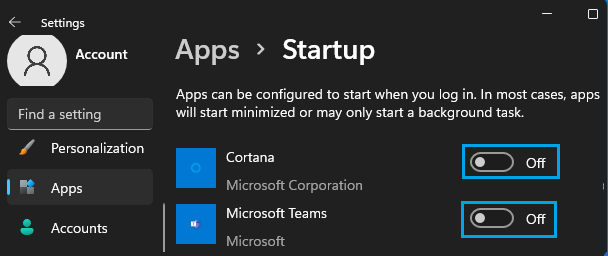
2. Limit Background Running Apps
Certain apps have a tendency to remain active and keep running in the background, once they are manually opened by the user.
Hence, preventing such apps from running in background is one of the most effective strategies to reduce CPU usage on a Windows computer.
You can find the steps to prevent apps from running in background in this guide: How to Disable Background Apps in Windows 11/10.
3. Update Device Drivers
Outdated device drivers can lead to high CPU usage on a Windows computer.
1. Right-click on Start button and select Device Manager.
2. On the Device Manager screen, select the Action tab and click on Scan for hardware changes.
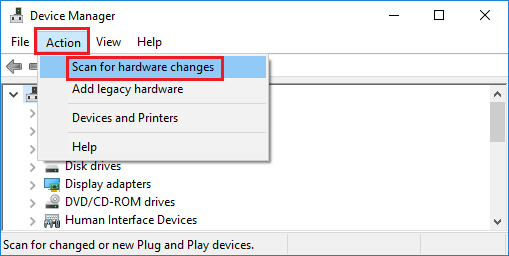
Windows will scan your computer for Hardware changes and update device drivers (if required).
4. Disable Tips & Tricks
While receiving tips from Microsoft can be useful, this feature has also been linked to high resource usage.
1. Go to Settings > System > click on Notifications in the right-pane.
2. Scroll down in the right-pane and uncheck Offer suggestions on how I can setup my device and Get tips and suggestions when I use Windows options.
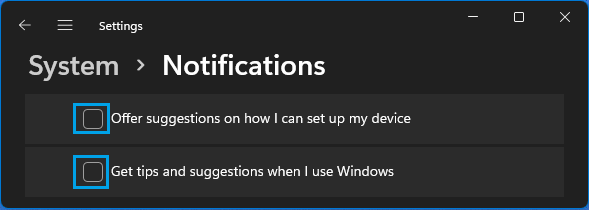
3. Restart the computer and you should now find it running better than before.
5. Disable Updates from other PCs
Preventing the computer from downloading updates from other PCs can help in reducing Runtime Broker Activity, which has been linked to High CPU usage on Windows computers.
1. Go to Settings > Windows Update > In the right-pane, scroll down and click on Advanced Options.
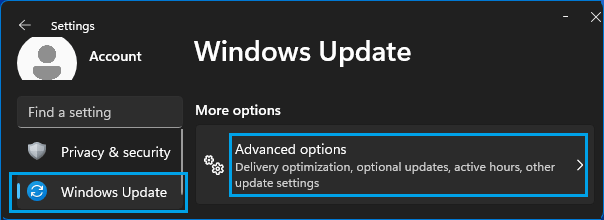
2. From Advanced Options screen, go to Delivery Optimization and disable Allow Downloads from other PCs option.
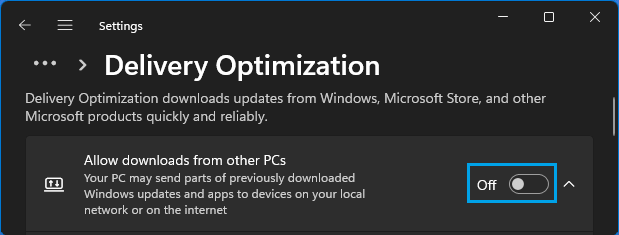
6. Scan for Malware and Uninstall Unwanted Programs
As mentioned above, the reason for high CPU usage on your computer could be due to your device being infected by malware or viruses.
You can rule out this possibility by using Microsoft Defender Offline Scan and also by using the scan function, as available on most third-party antivirus programs.
If the offline scan detects a virus, it will automatically clear the virus/malware from the computer or prompt you for further actions.
7. Defragment Hard Drives
If your computer has HDD drives, defragmenting the Hard Drive can help in improving its performance.
1. Type defrag in the Search bar > click on Defragment and Optimize Drives option in the search results.
2. On the next screen, select the Hard Disk Drive that you want to defragment and click on the Optimize button.
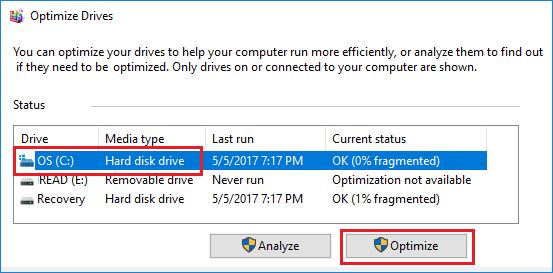
Patiently wait for Windows to complete the process of optimizing the selected drive.
8. Set Visual Effects for Best Performance
Setting the visual effects for Best Performance, instead of Appearance can help in reducing the resource usage on a Windows computer.
1. Press Windows + R keys to open Run Command.
2. Type SystemPropertiesAdvanced and click on OK.
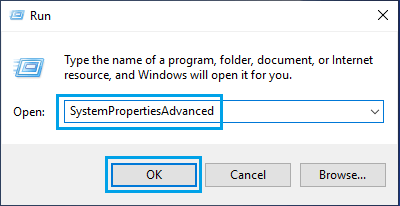
3. On the next screen, switch to Advanced tab and click on the Settings button, located under “Performance” section.
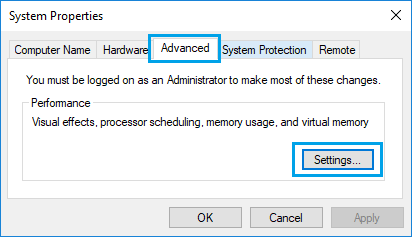
4. On Performance Options screen, switch to Visual Effects tab and select Adjust for best performance option.
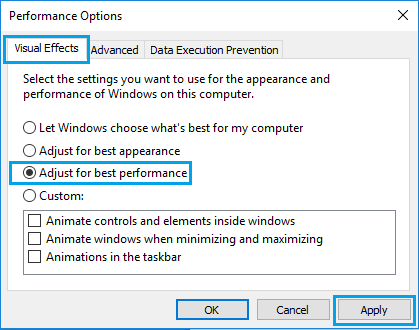
5. Click on Apply > OK to save these settings on your computer.
9. Remove Unwanted Programs
Finally, consider Removing Unnecessary Apps and Programs installed on your computer. This can help both in recovering storage space and reducing the resource usage on your computer.